Crumbling city steps. Disintegrating sidewalks. Bridges neglected for decades. As the project formerly known as the Mon-Oakland Connector (MOC) moves forward without Almono Partners’ shuttles, residents of MOC-affected communities are asking why the project still takes precedence over fixing dangerous conditions in the same area.
Along Hazelwood and Greenfield avenues, the skewed priorities have become impossible to ignore after two serious car accidents in the past two months.
Flipped car on Greenfield Avenue
At approximately 1:20 p.m. on June 23, Greenfield Avenue resident Will Smith heard a loud noise. He told us during a July 5 phone conversation that when he looked out his front window, he saw a car that had apparently flipped over and was resting on its side in the middle of the street.
Mr. Smith rushed outside with his phone to document the accident’s aftermath. The car’s roof was crushed. A man and two women had stopped and were checking on the trapped driver. Police arrived on the scene and closed the block to traffic. Within 15 minutes, firefighters arrived to rescue the man from his car using Jaws of Life. The driver was unconscious when placed on a stretcher and driven away by ambulance.
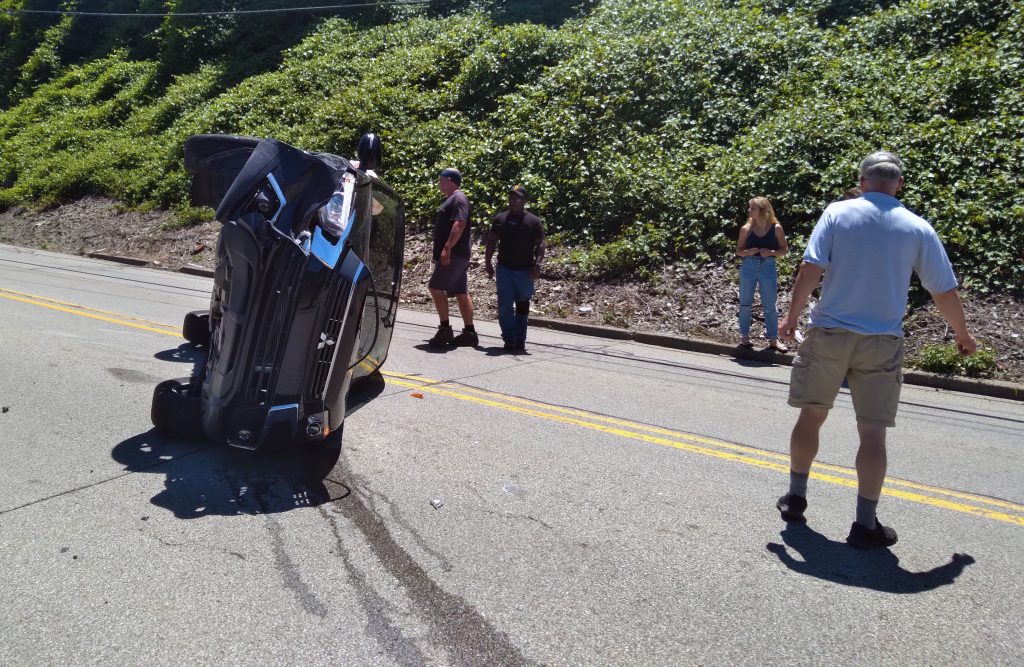
A witness driving behind the car said she saw another car cross the center line as it traveled east up Greenfield Avenue, causing the westbound driver to swerve and clip the side of a parked car before flipping over.
Mr. Smith commented on the accident, “This was inevitable.” He described speeding on the narrow lower portion of Greenfield Avenue as “ridiculous” and noted, “Every resident’s car parked on the street was just ticketed a few weeks ago.”
Mr. Smith and his neighbors received $114 citations in the early hours of May 9 for having their wheels on the curb. Parking this way is common on Greenfield Avenue and other narrow streets where residents try to protect their vehicles from speeding drivers. One recent hit-and-run totaled the parked car of a resident who is also a city employee. Residents’ only available parking is on the downhill side of the street. They have to cross through swiftly-moving traffic to reach their houses.
“The city needs to do something to make drivers slow down and pay attention,” Mr. Smith said.
Multi-vehicle crash on Hazelwood Avenue
Residents along Hazelwood Avenue face similar dangers. On May 22, Kevin Dole witnessed the immediate aftermath of an accident at the corner of Greenfield and Hazelwood avenues near his home. When we spoke by phone on June 30, he said four or five vehicles were involved—including his neighbor’s parked car, which was totaled. An ambulance transported one person away from the scene.
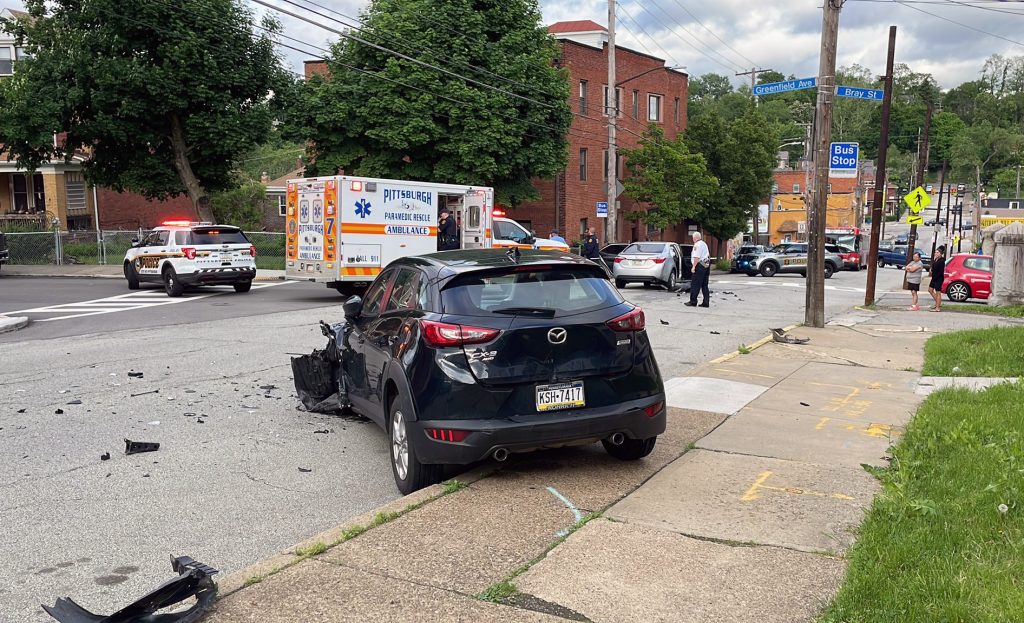
Mr. Dole said speeding is a constant hazard on Hazelwood Avenue, a narrow two-lane road with parking on both sides. He guessed the average speeder travels 45-50 mph in the 25 mph zone and “would not be able to stop in time if someone stepped out.”
“It’s common to see detached side mirrors on the ground and people parked a little up on the sidewalk,” Mr. Dole said. In addition, he described faded pedestrian crosswalks and oversized trucks using Hazelwood Avenue as a shortcut to Hazelwood Green or other construction projects.
“There is no infrastructure to encourage people to slow down and no enforcement of the speed limit,” he added.
Although it was the first accident Mr. Dole saw, being a relative newcomer to the neighborhood, he has personally witnessed “many close calls” and heard from neighbors about other crashes.
One neighbor, Abby Zupancic, suffered a broken neck and other severe injuries in October 2016 when a vehicle hit him in front of his house. Mr. Zupancic told us what happened when we spoke by phone on July 8.
“Me and my wife and kids came home from shopping. My wife and son went in the house, and my daughter and I were behind them. I told my daughter, ‘Hang on a second, sweetie. I forgot to put the [side-view] mirror in.’ I went back out to the car, put in the mirror.” Mr. Zupancic was walking in front of his car when the vehicle plowed into him. He flipped in the air and bounced off the vehicle, then the ground.
Mr. Zupancic underwent emergency surgery and a grueling recovery process. “It took about a year to get fully functional,” he recalled. Although he still deals with chronic pain, he was eventually able to return to his job as a highway construction worker.
Mr. Zupancic, who has lived on Hazelwood Avenue for 18 years, said he sees dangerous speeding on a daily basis. He has witnessed two accidents in which a car flipped over—“which tells you how fast they had to be going.”
As for oversized trucks, Mr. Zupancic pointed out that a sign at the intersection of Greenfield and Hazelwood avenues clearly shows with an arrow that the truck route is in the opposite direction from the residential part of Hazelwood Avenue. But truck drivers ignore the posted route, not only worsening dangerous conditions but using “jake brakes” at all hours.
“It’s loud, it’s obnoxious, it rattles your windows,” Mr. Zupancic said. “This is a residential street, not a highway.”
Conditions are no better at the other end of the street near Second Avenue, where Reverend Michael Murray has lived for 26 years. During a July 4 phone call, Rev. Murray said over the past few years he’s noticed an increase in speeding and oversized trucks “beyond construction vehicles—trucks with great big iron rolls on the back, trucks carrying cars.”
“Some of the trucks are so huge you feel vibrations when they’re passing the house,” he added. He has lost three mirrors from side-swipes of his parked vehicle.
Rev. Murray is concerned that the problems will get even worse once construction on the nearby Hazelwood Green development is in full swing.
But residents on both streets said that years of calls to 311 and direct appeals to city officials have changed nothing.
Qualified, but not prioritized for traffic calming
Some members of Junction Coalition participate in the Greenfield Community Association’s (GCA’s) Development and Transportation Committee. The committee was copied—along with District 5 city Councilman Corey O’Connor’s chief of staff Matt Singer—on email correspondence between Greenfield resident and GCA board member Catherine Adams and representatives of Pittsburgh’s Department of Mobility and Infrastructure (DOMI).
A May 5 email from Cortney Patterson of the DOMI Traffic Bureau referenced an application for the Neighborhood Traffic Calming program. “Your street does meet the Neighborhood Traffic Calming requirements, however, this project did not rank high enough to be funded for construction this year.”
Ms. Adams responded on May 13, thanking DOMI for the information and clarifying that two separate requests were submitted—one for Hazelwood Avenue from Murray Avenue to Bigelow Street and a second, independent request for a study of Greenfield Avenue from Lydia Street to the Saline/Second/Irvine intersection.
She asked for more details on the studies conducted on both streets and what the results mean. Additionally, Ms. Adams wanted to know where Hazelwood and Greenfield avenues fall on the list of priorities so residents can anticipate when projects might be started and what to expect.
Ms. Adams sent a follow-up email on May 30, noting the accident on Hazelwood Avenue. She followed up again on June 26, but has not received a response from DOMI.
Major construction supporting Hazelwood Green
Several projects are planned or under way in the area—in some cases a few dozen feet from where accidents took place on Hazelwood and Greenfield avenues. But these investments seem designed to continue the former MOC project and improve access to the Hazelwood Green development.
Widening Greenfield Avenue at the Irvine Street/Second Avenue intersection. One block west of the June 23 accident described by Mr. Smith, construction is in progress to create a dedicated left-turn lane onto Irvine Street for traffic heading toward Hazelwood Green (as stated in the Pennsylvania Department of Transportation’s September 26, 2018, meeting presentation called “Hazelwood Green Phase I Mitigation”). To make room for the additional lane, crews are narrowing the sidewalk at this busy intersection.
Reconfiguring the residential portion of Sylvan Avenue. At DOMI’s April 26 meeting about the Sylvan Avenue Multimodal Project, residents expressed concerns that planned improvements along the quiet street fail to address problems with nearby infrastructure and dangerous traffic patterns at both ends of the finished trail. The Sylvan Avenue trail, part of the proposed MOC shuttle route, connects Greenfield and Hazelwood avenues.
There is no infrastructure to encourage people to slow down and no enforcement of the speed limit.
Kevin Dole
Replacing Swinburne Bridge. The 107-year-old bridge has long been in poor condition. In a 2018 MOC public meeting, DOMI proposed using the bridge as part of the MOC route. During an October 2020 meeting, former DOMI director Karina Ricks assured affected residents that “the city has absolutely no intention to take properties [as part of the bridge construction].” But in the next breath, she added, “There is a possibility there might be some slivers that will be needed to create new footings for the bridge.” As of July 11, DOMI had not posted a presentation for residents to review before the July 14 meeting about the Swinburne Bridge project despite repeated requests.
Safety of residents should come first
“Residents of Hazelwood and Greenfield have been crystal clear about the kinds of solutions that would make their streets safer and more accessible,” said Dan Yablonsky, director of communications and development at Pittsburghers for Public Transit (PPT).
PPT worked with residents and community groups throughout MOC-affected neighborhoods to create Our Money, Our Solutions (OMOS), an alternative plan listing needed improvements that cost less than the MOC’s projected $23 million budget. These include traffic-calming measures on Greenfield and Hazelwood avenues.
“Infrastructure like speed tables to slow down car traffic, better sidewalks, more lighting, more benches, and better bus stops would all help improve access for all,” Mr. Yablonsky wrote in a July 11 email. “But when the rubber hits the road, we see time and time again that the city ends up spending money on infrastructure projects to benefit the developers at Hazelwood Green instead of the people who have called these neighborhoods home.”
“It doesn’t have to be this way,” he added. “Residents have done the work to make it clear what investments benefit the community. It’s up to the city now to follow their lead.”
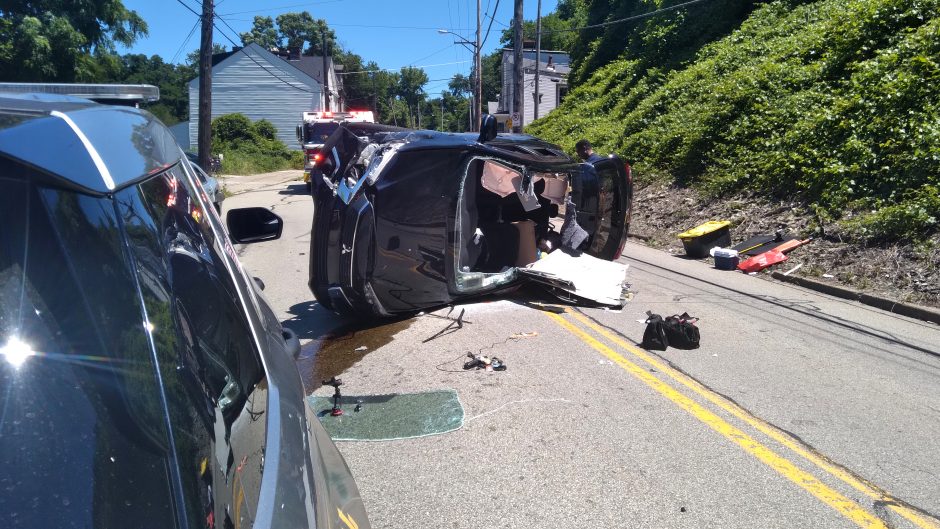
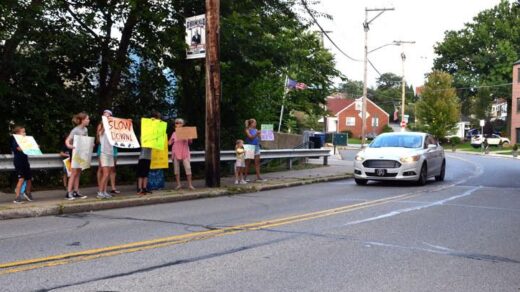
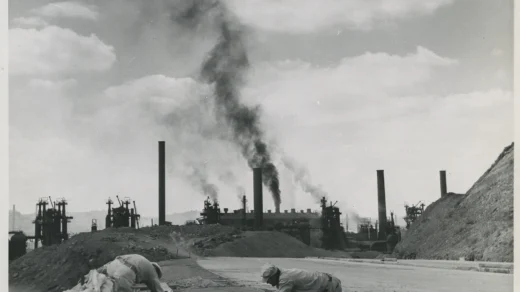

Recent Comments